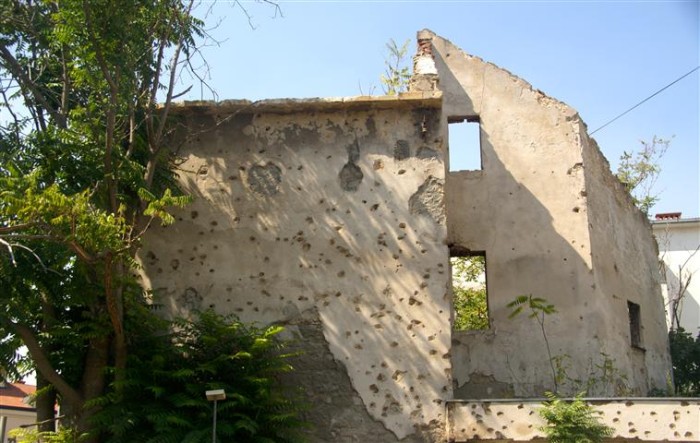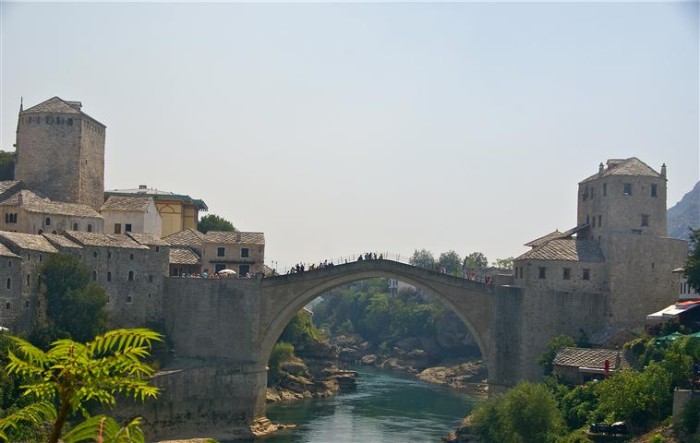The End of an Era
Ft. Lauderdale, FL There is a very old, well-known boating adage: “The two best days in a boat owner’s...

While in Dubrovnik, we decided to venture outside the box and see another part of the former Yugoslavia, Bosnia-Herzegovina. So we hired a guide and took a drive to Mostar. Bosnia-Herzegovina has a six-mile section of the Adriatic coastline that actually divides Croatia just north of Dubrovnik. This means that anyone traveling through Croatia must pass through Bosnia-Herzegovina. For our simple little day trip, we had to cross borders six times, with 12 different boarder checks, from Croatia into Bosnia, Bosnia back to Croatia, Croatia again into Bosnia, and then the same three times on the return. The Croatians wants to build a bridge across the sea in order to simplify the passage, but that is not likely in the foreseeable future. We used to think that traveling through Los Angeles was complicated, but the multiple border crossings there were a whole new experience.
Our guide was excellent in helping us understand Bosnia-Herzegovina as it is today, and as it was before the war in the early 1990s. The war of the Yugoslavia separation was especially destructive there and the recovery is slower than in some of the other former Yugoslavia countries.
It is a country with just four million people, yet it has three languages, three faiths, two alphabets and three presidents. We visited Mostar, where the old town and famous bridge have been rebuilt, thanks to the assistance of UNESCO, but the surrounding areas still show the scars of war, and the culture is clearly divided by religion, culture and past grievances. The day was a stark contrast to our typical cruising time, and the stories we heard from our driver and guides were extremely unsettling, but it was a fascinating peek into yet another of this unusual group of countries that once made up Yugoslavia.

Stari Most “Old Bridge”, originally construction in the 16th century, crosses the Neretva river and connects two parts of the city of Mostar. The bridge stood for 427 years, until it was destroyed in 1993 during the Croat-Bosniak War. It was rebuilt and opened in 2004.
